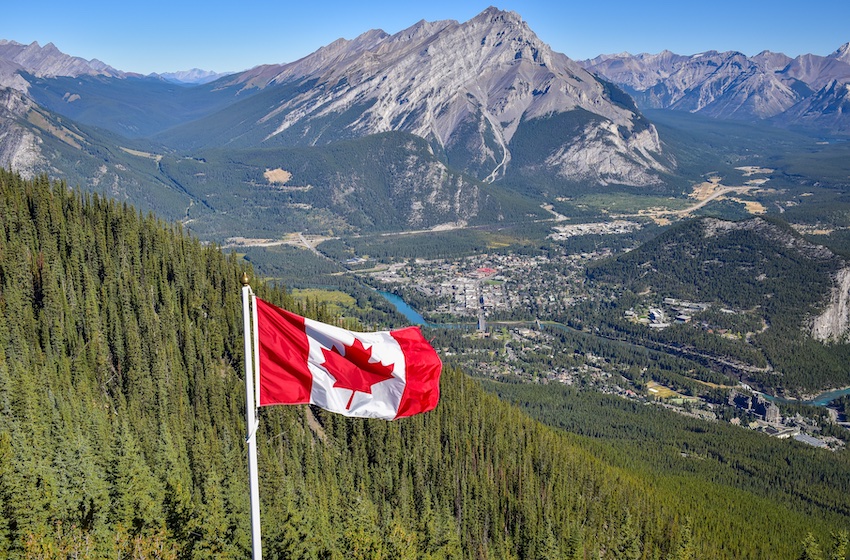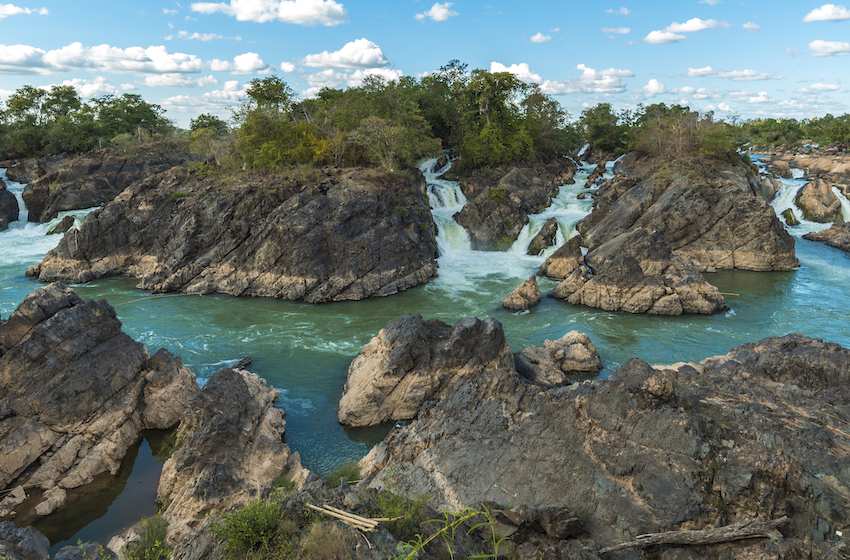Climate Risk Study: Canada’s GDP Vulnerable with Nearly a Quarter at Stake

A groundbreaking study conducted by researchers from the University of Waterloo delved into the economic implications of Canada’s carbon pricing system. The findings revealed an increased risk for financial lenders and borrowers with high carbon footprints. Published in the Journal of Management and Sustainability, the study sheds light on the potential consequences of emissions pricing on various industries.
According to the research, as carbon costs escalate, industries heavily involved in mining, oil, and gas face the greatest risk of default. This puts approximately $256 billion worth of total assets at risk and exposes nearly a quarter of Canada’s GDP to climate-related risks. These alarming figures emphasize the need for financial lenders and regulators to consider carbon emissions and carbon pricing scenarios as part of their credit risk assessment procedures.
Lead author Adeboye Oyegunle highlighted the significant involvement of Canadian banks in lending to carbon-intensive clients, despite their public commitments to supporting global climate goals. Oyegunle expressed concern about the potential consequences of these investments, including increased costs, default rates, and bad debt, particularly in the face of evolving market conditions and new government regulations.
Utilizing data from the Toronto Stock Exchange spanning from 2010 to 2020, Oyegunle and the research team developed various scenarios applying the Canadian Government’s carbon pricing system, ranging from $0 to $170. These scenarios enabled them to analyze bankruptcy predictions until 2030. The results emphasized the heightened risk for high-emitting carbon borrowers and banks, which could have profound implications not only on the affected sectors but also on the wider economy and affordability within Canada. Increased costs are often passed on to consumers, leading to higher prices and straining the financial resources of the average Canadian.
In light of these findings, the researchers propose that lenders should incorporate both real and shadow carbon prices in their credit risk assessments. This practice would enable them to accurately analyze carbon-related credit risks and set appropriate interest rates for loans. Furthermore, they suggest that central banks and financial sector supervisors introduce indicators that measure the sector’s exposure to climate-related credit risks.
Co-author Olaf Weber emphasized that implementing a carbon price is only the initial step toward achieving an orderly transition to a low-carbon economy with minimal disruption to credit. The researchers stress the importance of analyzing the financial consequences, developing risk assessment tools and indicators, and accelerating the shift to a low-carbon economy for Canada.




